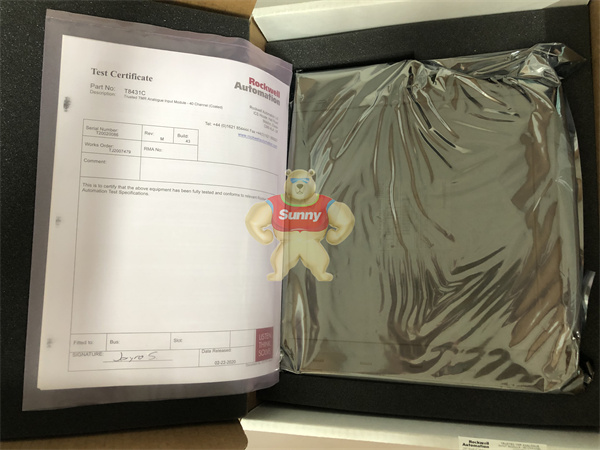In general, in industry trade, it is important to complete a large number of connections quickly and reliably. The crimping process is suitable for this kind of work. When properly implemented, crimping has advantages over welding and can withstand extremely high mechanical loads. However, getting the crimp right is more complicated than you might think. The correct crimping must meet the requirements of DIN EN60352-2. The standard clearly defines the relevant basic requirements and gives important recommendations, based on these requirements and recommendations, here are some practical tips for you.
During crimping, the wire is joined to the tubular end by pressing. If crimped correctly, a uniform, non-removable connection can be obtained. The basic requirements for crimping joints are specified in DIN EN 60352-2. At the same time, the standard also describes various test methods and provides important application information. In order to achieve a long-lasting, strong crimping joint according to DIN EN 60352-2, suitable wires, ends and tools must be used to harmonize them. In addition, each crimp requires adequate preparation. This must be done with the appropriate tools. Next we will briefly explain the various steps of crimping.
Legend: During crimping, the wire is connected to the tubular end by pressing
Select the crimp shape
Select different crimping shapes, including trapezoid, square, hexagonal and WM crimping dies. Each of these shapes has its own advantages and disadvantages. Therefore, when selecting the crimp shape, it is important to consider the subsequent application.

T8431C

T8431C
Legend: Tubular end crimping can be performed with different crimping shapes
Selection of tubular ends
The tubular end protects the single stranded wire in the conductor and prevents accidental breakage, twisted wire kinks, or wear of the entire conductor. Plastic bushing makes it easier to insert wires into the bushing. However, it does not provide insulation or anti-kink protection and can only withstand low bending and tensile loads. Tubular ends shall comply with DIN 46228. Weidmuller tubular ends are strong, reliable and available in a wide variety of applications around the world.
Selection tool
The crimping process is mostly done manually using conventional crimping tools. We distinguish between different types of crimping tools by fixed or replaceable molds. Single and multi-card tools are also available. You can use the single card tool to process all diameters within its applicable range without additional setup. The multi-card tool includes multiple crimp cards for different diameters. Both types of tools ensure that the tubular end is crimped to the appropriate clamp position. For ideal crimping results, Weidmuller crimping tools that meet the requirements of DIN 41641-1 are recommended. Using standardized tools, at least 50,000 crimps can be completed while maintaining quality. At the same time, we recommend routine maintenance and testing of the tools.
 1 Year Warranty
1 Year Warranty





